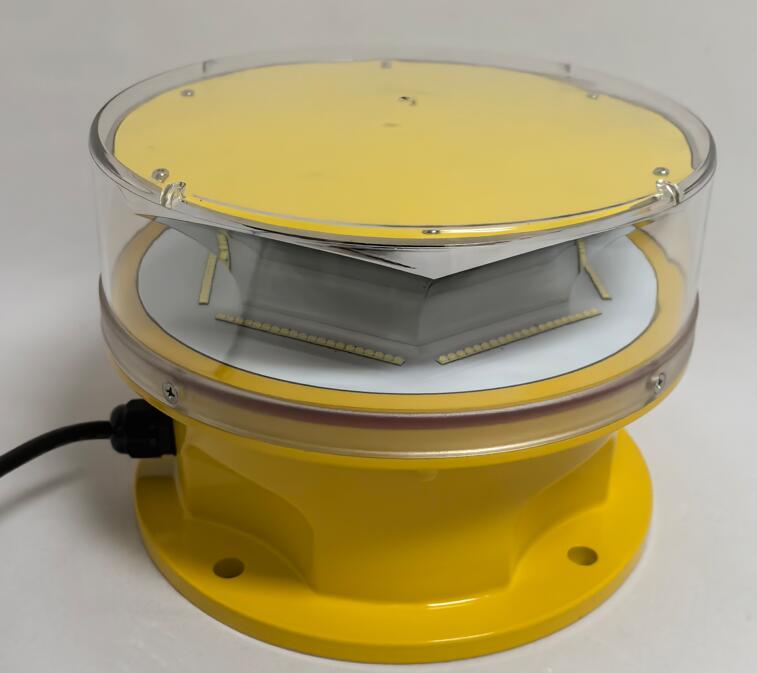Obstruction of Light: Understanding Its Causes and Consequences
The obstruction of light is a phenomenon that occurs when an object blocks the path of light, preventing it from reaching its intended destination. This simple yet profound concept has far-reaching implications across science, technology, and everyday life. From astronomical events like solar eclipses to practical concerns in photography and urban planning, understanding the obstruction of light helps us navigate both natural and man-made challenges. This article explores the various forms, causes, and effects of light obstruction and its significance in different fields.
The Science Behind Obstruction of Light
Light travels in straight lines unless influenced by gravity (as in general relativity) or when passing through different mediums (refraction). When an opaque or semi-opaque object interrupts this path, it causes an obstruction of light, leading to shadows, reduced visibility, or even complete darkness.

Key Principles:
Shadow Formation: A direct result of light obstruction, shadows vary in sharpness depending on the light source’s size and distance.
Eclipses: A celestial example where the Moon obstructs sunlight (solar eclipse) or Earth blocks sunlight from reaching the Moon (lunar eclipse).
| obstruction of light |
Diffraction and Scattering: Partial obstruction can bend light, creating patterns like those seen in fog or around edges.
Common Causes of Obstruction of Light
1. Natural Obstructions
Celestial Bodies: Planets, moons, and asteroids can block starlight, aiding astronomers in detecting exoplanets (transit method).
Atmospheric Phenomena: Clouds, dust, and pollution scatter and absorb sunlight, affecting climate and visibility.
2. Man-Made Obstructions
Urban Structures: Skyscrapers and bridges cast long shadows, influencing city planning and solar energy efficiency.
Vehicles and Infrastructure: Poorly designed roads or tunnels can create hazardous low-light conditions.
| obstruction of lights |
Medical Applications: Endoscopes and surgical tools must minimize light obstruction for clear visibility during procedures.
Effects and Implications
1. Astronomy and Space Exploration
Light obstruction helps scientists study distant objects. For example:
Transit Photometry: Detecting exoplanets by observing dips in a star’s brightness when a planet passes in front.
Occultations: When one celestial body blocks another, providing data on their sizes and atmospheres.
2. Environmental and Energy Impact
Solar Panel Efficiency: Buildings, trees, or dust can obstruct sunlight, reducing energy output.
Deforestation: Reduced tree cover increases light pollution and disrupts ecosystems dependent on natural light cycles.
3. Technology and Optics
Camera and Lens Design: Lens hoods prevent stray light obstruction, while improper filters can degrade image quality.
Fiber Optics: Even minor obstructions in optical fibers can disrupt data transmission.
4. Safety and Human Health
Driving Hazards: Poorly lit roads due to obstructions increase accident risks.
Circadian Rhythm Disruption: Excessive artificial light obstruction (e.g., blackout curtains) or urban light pollution affects sleep patterns.
Mitigating Obstruction of Light
1. Smart Urban Planning
Building Orientation: Designing cities to minimize shadow overlap maximizes natural light.
Green Energy Optimization: Placing solar panels where obstructions are minimal boosts efficiency.
2. Technological Solutions
Adaptive Optics: Used in telescopes to compensate for atmospheric light distortion.
Anti-Reflective Coatings: Prevents light obstruction in lenses and screens.
3. Public Awareness
Light Pollution Reduction: Encouraging shielded outdoor lighting preserves night skies.
Sustainable Practices: Reforestation and pollution control maintain natural light diffusion.
Future Perspectives
Advancements in material science (e.g., transparent solar panels) and AI-driven light management systems could revolutionize how we handle obstruction of light. Meanwhile, space telescopes like the James Webb Space Telescope avoid obstructions by operating beyond Earth’s atmosphere.
The obstruction of light is more than just shadows and eclipses—it shapes how we design cities, explore space, and harness energy. By understanding its mechanisms and minimizing negative impacts, we can improve technology, sustainability, and quality of life. Whether through better urban layouts or cutting-edge optics, managing light obstruction remains a key challenge and opportunity for innovation.
